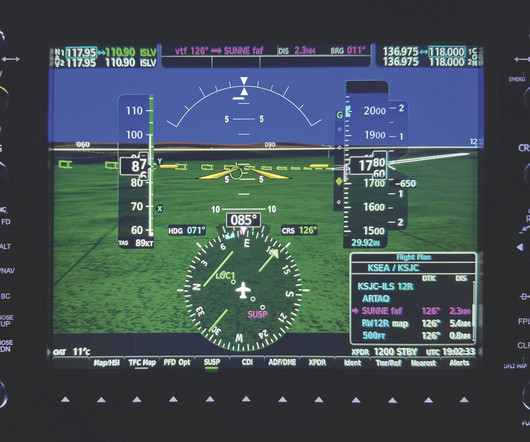Flying Visual Approaches? Synthetic Vision Pathways Can Help
Flying Magazine
JUNE 3, 2025
If you’ve flown in a Garmin glass cockpit with synthetic vision, then you may have seen the Pathways feature, a series of constantly moving rectangles on the primary flight display (PFD). That works well for short runways, say 3,000 feet or less. One is flying arrivals, and the other is flying visual approaches.











Let's personalize your content